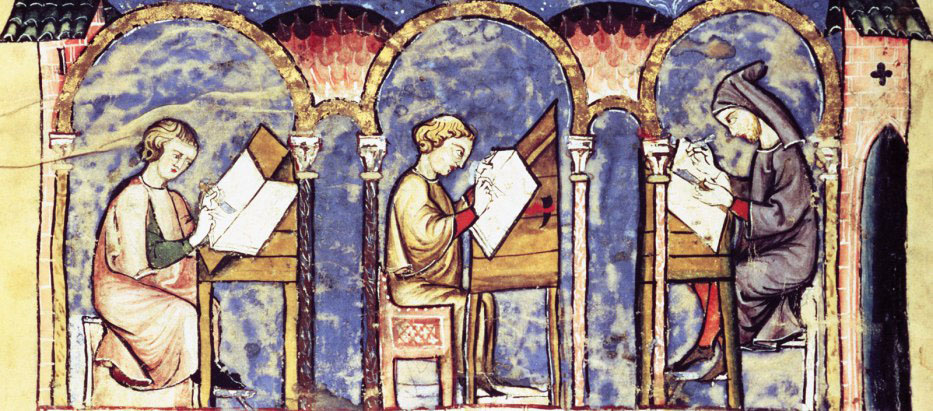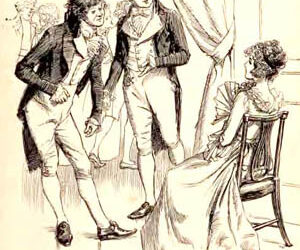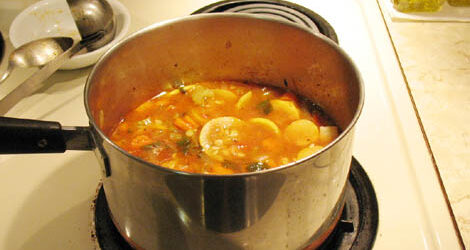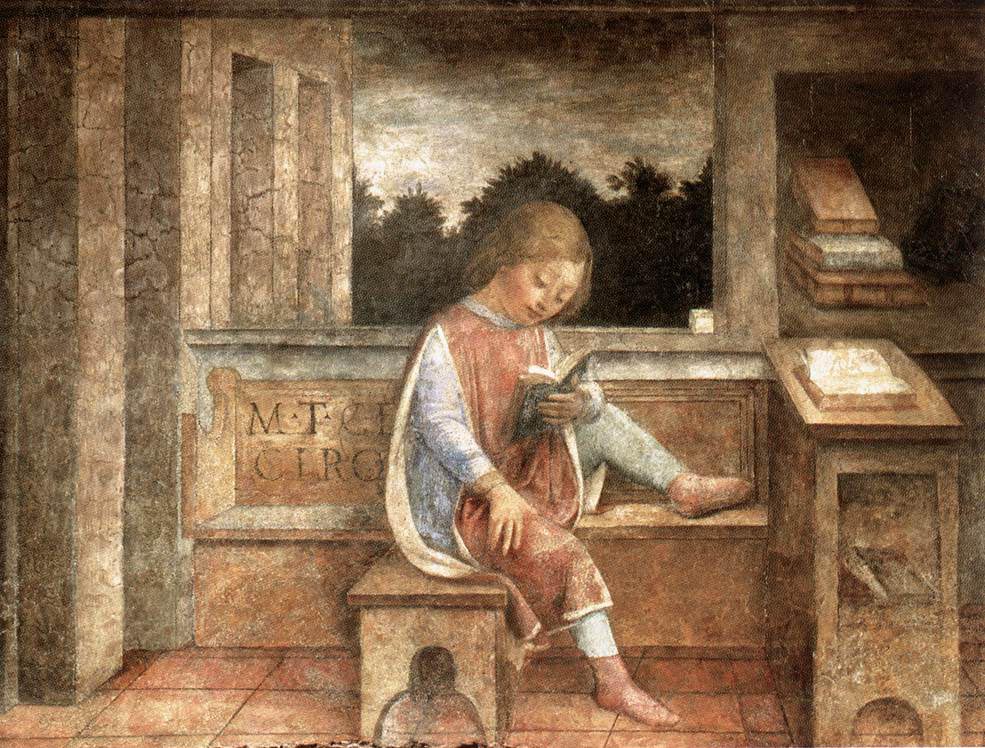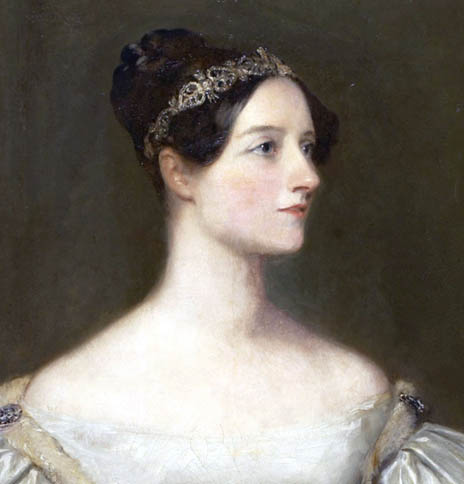Lady Byron gave birth to Ada on December 10, 1815, and thirty-five days later she folded back the covers from her side of the bed, slipped from her sleeping husband’s side, then bundled herself and her daughter in warm clothes and, with a maidservant, left their London house. Ada never saw her father after that. George Gordon, Lord Byron, was a great poet but he wasn’t cut out to be a husband or father.
James Essinger’s light and chatty biography provides brief sketches of Ada’s parents and grandparents and, what’s more to the point, it gives the reader a good sense of how mother and daughter behaved in regard to each other. Lady Byron’s plan to protect Ada from whatever imaginative tendencies she might have inherited from her father included a good dose of mathematics. As it happened, Ada did very well in mathematics. Indeed, she excelled in that field and eventually directed her own studies and became a fine mathematician –- not an easy feat for a woman in the early 19th century. She had a lively interest in science and technology, too. In 1833 Ada turned 18 and, following the custom of her class, she was formally introduced to society as a marriageable young woman. Young women of high social status were often presented at court and so it was with Ada who, wearing white satin and tulle, and accompanied by her mother, curtsied to the king and queen, and hobnobbed with the dignitaries there on that day in May.
The following month, mother and daughter were at a different social gathering. In a letter about it, Lady Byron wrote approvingly that “Ada was more pleased with a party she was at on Wednesday than with any of the assemblage in the grand monde. She met there a few scientific people –- amongst them Babbage with whom she was delighted.” Charles Babbage was forty-four, a socially prominent polymath, an intellectual celebrity who was just eccentric enough to be made fun of. As Lady Byron said in that same letter, “Babbage was full of animation and talked of his wonderful machine(which he is to shew us) as a child does of its plaything.”
Ada was delighted by Babbage and his machine, but at this point in her life she and Lady Byron were far more interested in finding a well-to-do aristocrat appropriate for Ada to marry. In the spring of 1835, through the proper stratagems of that time and place, nineteen-year-old Ada, daughter or Lord and Lady Byron, was introduced to William, Lord King, age thirty, and they were married that summer. Their first child, a son, was born ten months later, and was soon followed by a daughter and another son. Ada King became Countess of Lovelace and nowadays is known simply as Ada Lovelace.
A couple of times in this biography, Essinger raises the question of whether or not Ada Lovelace and Charles Babbage had a romantic interest in each other. It’s an odd question. There’s no evidence that suggests such an interest and the biographer prudently dismisses the thought each time.
Charles Babbage was the Lucasian Professor of Mathematics at the University of Cambridge, probably the most prestigious professorship in all of academia. Other professors who have held that position include Isaac Newton, Paul Dirac, and the current holder, Stephen Hawking. Professor Babbage admired young Ada’s growing mathematical ability, and – what certainly must have counted equally with him – she understood the importance his Analytical Engine. The surviving correspondence between Ada and Babbage shows that she not only understood the workings of those machines, she understood the frustrated, irritable and sometimes semi-paranoid workings of the inventor.
When Ada met Charles Babbage his focus had already shifted from his partially assembled Difference Engine to his unbuilt Analytical Engine. His beloved wife had died five years earlier, and to work his way out from despair he had thrown himself into composing plans for a machine that would go far beyond his Difference Engine. Babbage had seen a Jacquard loom weave patterned cloth, and had seen that instructions on how to weave the pattern were transmitted to the mechanical loom by a chain of cards with holes punched in them. To weave a design on a loom the weaver must insert colored threads, back and forth, over and under, fixed threads. The fixed threads are called the warp; the shuttling threads are the weft. By raising or lowering the warp, the shuttle will pass over or under the fixed threads and the colored thread will show or be hidden. Until Joseph-Marie Jacquard invented his revolutionary loom, weaving a design into a fabric had been done by hand, following written instructions, a very slow and terribly labor-intensive task.
Unfortunately, Essinger’s biography doesn’t explain how the punched cards worked on the Jacquard loom or on Babbage’s machine. In principle, if you have a group of small diameter rods, each of which can connect to the machine to perform a single different task — such as pressing this, or hooking that — and if you want to select from that group a series of certain rods, you can make that selection by using a series of cards with carefully placed holes in them. The holes will permit certain rods to pass through while blocking the passage of all the others. Charles Babbage saw the use of punched cards in a Jacquard loom, and realized that the same principle could be used to manipulate a machine that carried out mathematical operations.
Ada Lovelace is remembered and celebrated nowadays because she worked with Charles Babbage on his Analytical Engine. Specifically, Ada translated for publication an article about the Engine. The piece, in French, was written by Luigi Federico Menabrea, an Italian mathematician, military general and statesman, an important figure in Italy’s emergence as a nation. In his autobiography, Babbage says that when Ada informed him that she had translated the article, he asked her why she had not herself written an original article, since she was so knowledgeable about the machine. She said the thought had not occurred to her, and Babbage then suggested that she should add some notes to the article. Those “notes” range far beyond Menabrea’s description of the Analytical Engine; indeed, they are more than twice as long as the translation itself. And in them is Ada Lovelace’s claim to fame.
